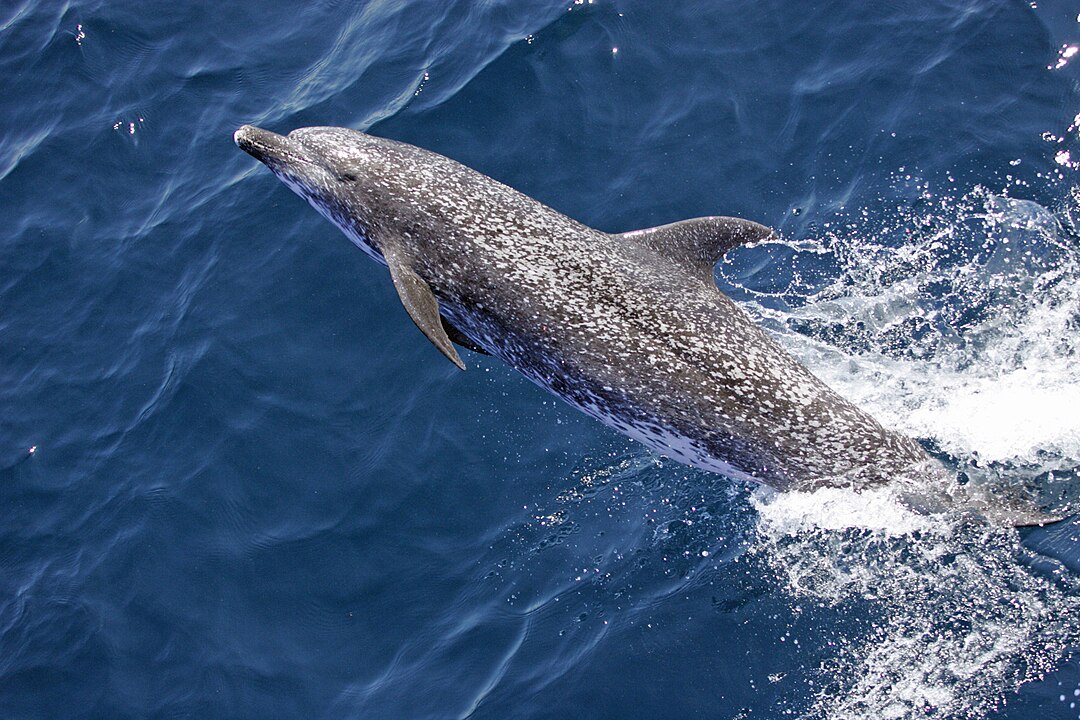Decades of wild dolphin research combined with the latest developments in AI technology are offering new hope for unraveling the mysteries of dolphin communication. Google has announced groundbreaking progress in its partnership with the Wild Dolphin Project and Georgia Tech to develop DolphinGemma, an AI model designed to decipher and mimic the vocalizations of wild Atlantic spotted dolphins.
This innovation could revolutionize how scientists understand dolphin communication, and maybe even enable two-way interactions.
Decades of Dolphin Data
Since 1985, the Wild Dolphin Project has studied a community of Atlantic spotted dolphins (Stenella frontalis) in the Bahamas, creating the world’s longest-running underwater dolphin research project.
By observing dolphins “in their world, on their terms,” researchers have compiled a unique dataset of vocalizations paired with individual identities, behaviors, and life timelines. Researchers documented natural behaviors like foraging, socializing, and communicating through thousands of hours of underwater video and audio recordings
Key discoveries include:
- Signature whistles: Unique “names” used by mothers and calves to reunite.
- Burst-pulse squawks: Linked to aggressive interactions like fights.
- Click buzzes: Associated with dolphin romance or pursuing predators like sharks.
How DolphinGemma Works
Trained on the Wild Dolphin Project sound database, DolphinGemma uses Google technology to break down dolphin sounds into analyzable components. The model predicts likely sound sequences, similar to how AI predicts the next word in a sentence. At 400 million parameters, it’s compact enough to run on Google Pixel phones used in Wild Dolphin Project fieldwork.
Early tests show the AI generating dolphin-like whistles and burst pulses. Researchers hope it will uncover hidden patterns in natural communication, accelerating the search for structure or meaning.
CHAT: A Bridge for Two-Way Interaction
In parallel, Wild Dolphin Project and Georgia Tech developed the CHAT system, an underwater computer that teaches dolphins a simplified, shared vocabulary. CHAT, short for Cetacean Hearing Augmentation Telemetry, uses synthetic whistles to associate sounds with things dolphins like, such as seaweed or scarves.
If dolphins mimic these sounds, researchers can respond by offering the corresponding item and reinforcing the meaning of these vocalizations. In research published last year, the Wild Dolphin Project reported that dolphins were able to mimic the synthesized vocalizations, but didn’t yet show signs that they understood what the sounds were supposed to mean.

Atlantic spotted dolphins near the Turks and Caicos islands.
Credit: Bmatulis — CC BY 3.0
Open Science for Global Impact
Google said it plans to release DolphinGemma as an open model this summer. While trained on Atlantic spotted dolphins, it could be adapted by researchers studying other species, like bottlenose dolphins, accelerating global efforts to decrypt marine communication.








